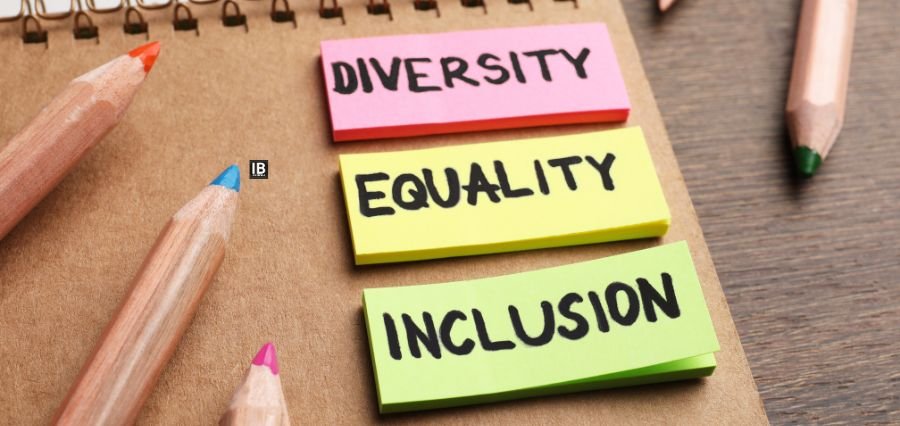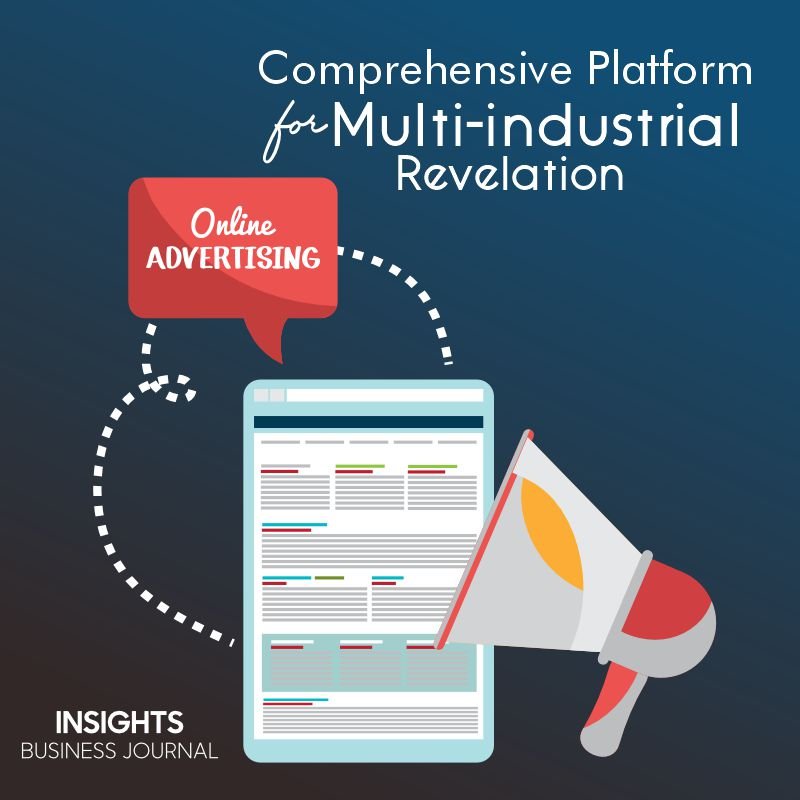DEI programs are transforming organizational culture, leadership, and long-term success. No longer a nicety or gesture initiative, now these programs are essential drivers of equity, belonging, and innovation. Whether corporate leader, HR executive, or just curious about the future of work, learning about DEI programs is no longer optional—it’s a must.
In a world where successful competition relies on diverse opinions, those companies that embrace DEI programs not only succeed in inclusion, but also in resilience and profitability. However, in the pursuit to develop effective, measurable, and long-lasting strategies, we first need to explore the roots of these programs and how profoundly they impact revolutionizing work culture.
What Is DEI?: The Core of Understanding
Before going any further in order to clarify the mechanisms by which DEI-programs operate, it’s needed to shed some light on the building question: what is DEI? DEI equals Diversity, Equity, and Inclusion. Each of the three pieces separately adds something:
- Diversity refers to the representation of various identities—gender, race, ethnicity, age, disability, sexual orientation, etc.
- Equity is treating everybody equally, providing them with access and opportunity by acknowledging that there are benefits and barriers.
- Inclusion is creating a culture that invites, values, and hears everyone.
So, what is DEI? It’s a combination of strategy for reimagining corporate culture for people and business performance.
The DEI Meaning
To rise above the hype, let’s put aside the acronyms and surface meaning of the terms. Actual DEI programs are formal processes and procedures organizations use to make the principles of diversity, equity, and inclusion real.
These efforts are nothing if not bespoke; they target the very specific needs, values, and power structures of every workplace. From hiring and training to equity pay reviews and inclusive leadership initiatives, the DEI meaning does a whole lot more than building a diverse staff—it’s about shifting systems and mindsets.
Why DEI Programs Matter in the Workplace
Let’s tackle the familiar question: what is DEI in the workplace? In today’s business age, DEI-programs are used to eliminate bias, address entrenched inequities, and create a workplace where every employee can thrive.
Across boardrooms and breakrooms, businesses with strong DEI programs gain:
- Improved employee morale and retention
- Heightened engagement and performance
- Stronger brand reputation
- More creativity ignited by diverse thinking
By embedding DEI-programs into the fabric of the workplace, organizations are not only succeeding, they’re also releasing substantial business returns.
Components of an Effective DEI Program
To work, DEI programs have to be more than gestures. A successful program includes:
- Leadership Commitment: DEI programs need to be supported and modeled at the top.
- Transparent DEI Goals & Metrics: Establish measurable goals such as representation levels or inclusive participation levels.
- Training & Education: Regular sessions to address unconscious bias, inclusive language, and equitable leadership.
- Inclusive Recruitment Practices: Inclusive interview panels and inclusive job adverts reaching diverse candidates.
- Equity Audits: Regular checks to obtain pay equity, promotion equity, and opportunity access.
- Feedback Loops: Seeking and acting on feedback is a trust-and-transparency builder.
By integrating these blocks, DEI programs can be shifted from compliance-based to value-based.
Fighting Challenges in DEI Programs
Even with a boom in DEI programs, companies mostly fail at their execution. Some of the common problems are:
- Resistance to Change: Culture is hard to change, especially when the bias is hidden.
- Tokenism vs. Transformation: Companies get confused between representation and inclusion.
- Lack of Measurement: Success in DEI is unclear without data and KPIs.
- Fatigue of Underrepresented Employees: Inviting underrepresented employees to lead change will tend to burn them out.
Shattering these barriers requires intention, investment, and sustained learning. Effective DEI programs acknowledge these barriers and build scaffolds to address them directly.
DEI Programs in Action: Practical Impact
Businesses everywhere are realizing real dividends from the so-called DEI programs. Here are some examples:
- A technology firm had a 40% increase in diverse hiring within one year after implementing blind hiring practices.
- A healthcare firm created mentorship initiatives between diverse employees, resulting in greater retention and advancement.
- An educational institution transformed the policies of its leadership pipeline to a 50/50 split within management roles for genders.
These are examples of how DEI programs are not theory but rather produce concrete results when executed with perseverance.
How to Begin Your Own DEI Program
Initiating a DEI program may seem intimidating, but it starts with little thoughtful steps:
- Look at Your Organization: Hold internal surveys and data analysis to find out what gaps you already have.
- Set Clear Objectives: Do you desire to diversify representation? Build inclusive policies? Raise awareness?
- Involve All Stakeholders: DEI need not be exclusive to HR. Involve leadership, workers, and community voices.
- Start With Training: Offer DEI basics to all to build common ground.
- Measure Progress: Leverage analytics and feedback to assess impact and fine-tune the approach.
When well-designed and well-implemented, DEI-programs can be among the most valuable investments your organization will ever make.
The Future of DEI: Moving Beyond the Foundations
Forward-thinking, DEI programs will grow even more. Progressive programs will go beyond recruiting and policy change to embed equity in every phase, from marketing efforts to artificial intelligence systems.
Furthermore, employee attitudes are shifting. Gen Z needs more than talk, though—action. Consumers and investors are increasingly drawn to purpose brands. And company culture is no longer about perks—it’s about values.
That’s why DEI programs need to be more than a checklist, but a continuous process. One that’s data-informed, human-focused, and unapologetically courageous.
Conclusion
In today’s hyper-connected, socially responsible world, DEI programs are no longer a nicety—they’re a necessity. By embracing authentic diversity, equity, and inclusion, organizations can unlock their people, drive business results, and lead with integrity.
Whether you’re just starting out or already underway, today is the day to step in, learn, and grow. Because the future workplace is for people who make room for everyone.
Read Also : Diversity Metrics 2025 Guide to Workplace Inclusion Success







